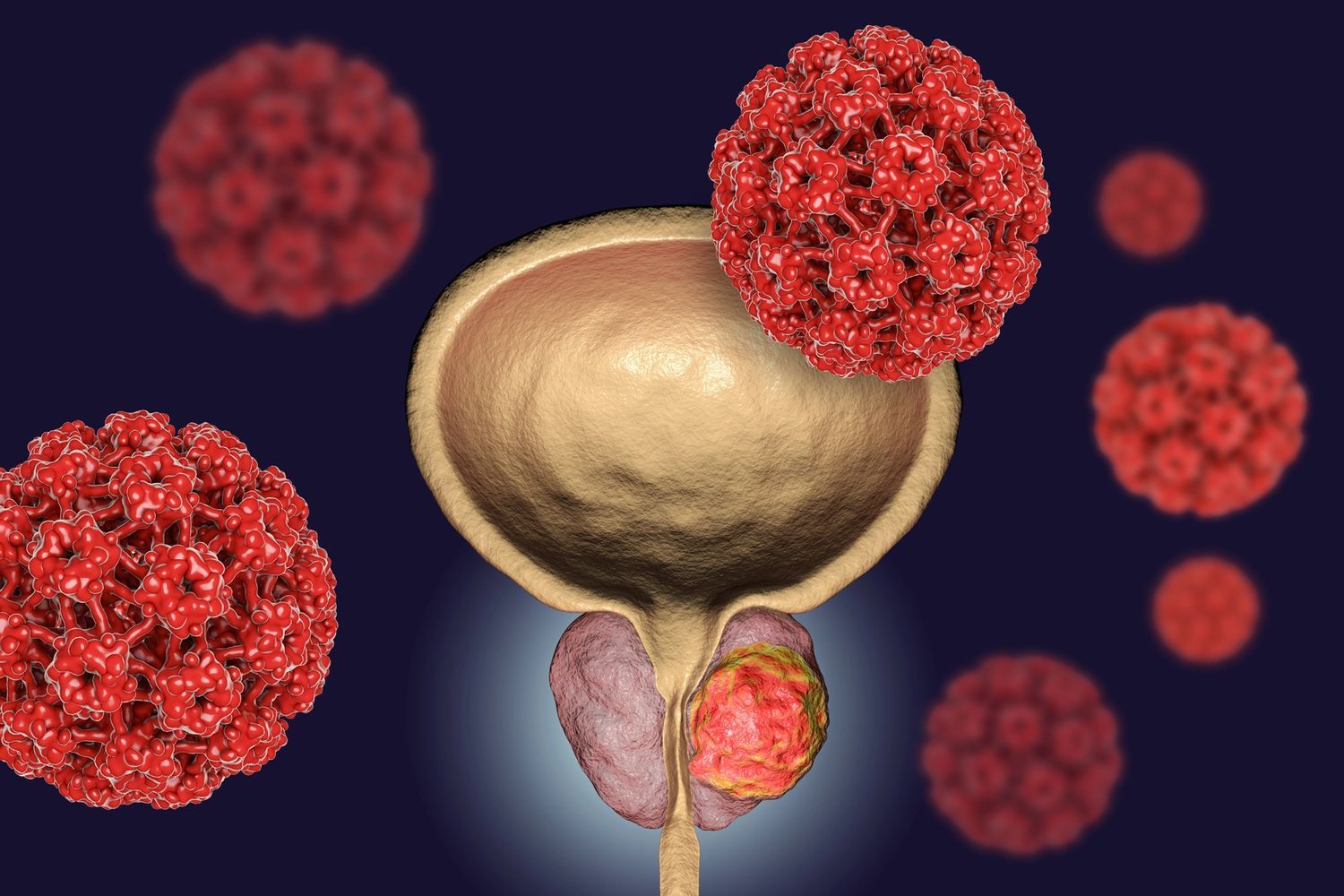Article
TULSA compared with radical prostatectomy in phase 3 trial
Author(s):
A poster shared during the 2022 SUO Annual Meeting highlighted the ongoing phase 3 CAPTAIN trial, which is comparing MRI-guided transurethral ultrasound ablation (TULSA) with radical prostatectomy in patients with intermediate-risk prostate cancer.1
The phase 3 CAPTAIN trial was launched following the pivotal TACT trial, which showed that TULSA provided durable disease control with low toxicity at 3 years’ follow-up in men with localized prostate cancer.

The multi-center CAPTAIN study (NCT05027477) is specifically recruiting patients with organ-confined, intermediate-risk prostate cancer (excluding GG1). The targeted enrollment goal is 201 patients who will be randomized in a 2:1 ratio to 1 or 2 TULSA procedures (n = 134) or radical prostatectomy (n = 67). Patients are not eligible to enroll in the trial if their prostate radius is more than 30 mm and/or if they have intraprostatic calcifications less than 3 mm.
The primary safety end point is the rate of preservation of both urinary continence (pad-free, EPIC-q6) and erectile potency (sufficient for penetration, IIEF-q2) at 12 months with TULSA vs radical prostatectomy. The primary efficacy end point is TULSA achieving a 3-year freedom from treatment rate that is non-inferior to the rate for radical prostatectomy. Secondary end points include survival, complications and post-operative recovery, histologic and biochemical failure, and quality-of-life.
Of note, the researchers explained in their poster that, “Choice of surgery rather than radiation as the comparator aligns the timing of expected complications and failure events, enabling earlier comparison of safety and efficacy.”
Prior TULSA research
The phase 3 CAPTAIN trial was launched following the pivotal TACT trial, which showed that TULSA provided durable disease control with low toxicity at 3 years’ follow-up in men with localized prostate cancer.2 At 3 years, the median PSA decreased 95% from 6.3 ng/mL to 0.26 ng/mL nadir, stable at 0.70 ng/ml. At 1 year, the median prostate volume decreased from 37 to 3 cc.
The study included 115 men with localized prostate cancer (≤T2b, PSA ≤15 ng/ ml, Grade Group [GG] 1-2) enrolled at 13 centers in the United States and Europe. All patients received whole-gland ablation. The primary study end point was PSA reduction and safety at 1 year. Secondary end points included volume reduction, MRI, and 10-core biopsy at 1 year, as well as quality-of-life, PSA, and salvage to 3 years.
At 1 year, GG2 disease had been eliminated in 79% (54/68) of men. At 3 years, 87% (100) of men did not require additional treatment, while 13% (15) had received salvage therapy.
Safety data showed that 9 (8%) men in the overall study population experienced grade 3 adverse events (AEs), all of which were resolved by 1 year.
Regarding potential long-term AEs, 92% of men maintained pad-free continence and erections sufficient for penetration (IIEFQ2≥2) were maintained by 75% (69/92) and 76% (38/50) of men at 1 and 3 years, respectively. Koch commented that, in general, both the continence and erectile function rates were superior to those with surgery.
References
1. Kella N, Basterrechea A, Meng X, et al. Randomized controlled trial comparing the TULSA procedure against radical prostatectomy (CAPTAIN): design and single-center recruitment experience. Presented at: Society of Urologic Oncology 23rd Annual Meeting; November 30-December 2; San Diego, California. Abstract 213.
2. Koch M, Gardner T, Bahler C, et al. MRI-Guided Transurethral Ultrasound Ablation in Men With Localized Prostate Cancer: Three-Year Follow-Up and Feasibility of Post-Ablation Salvage Prostatectomy. Presented at: 96th Annual Meeting of the North Central Section of the AUA. August 28-31, 2022; Chicago, Illinois. Poster 106.

















